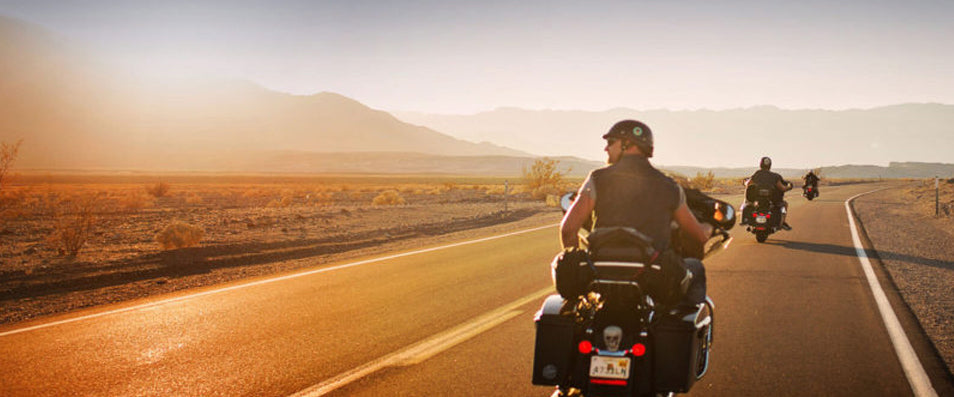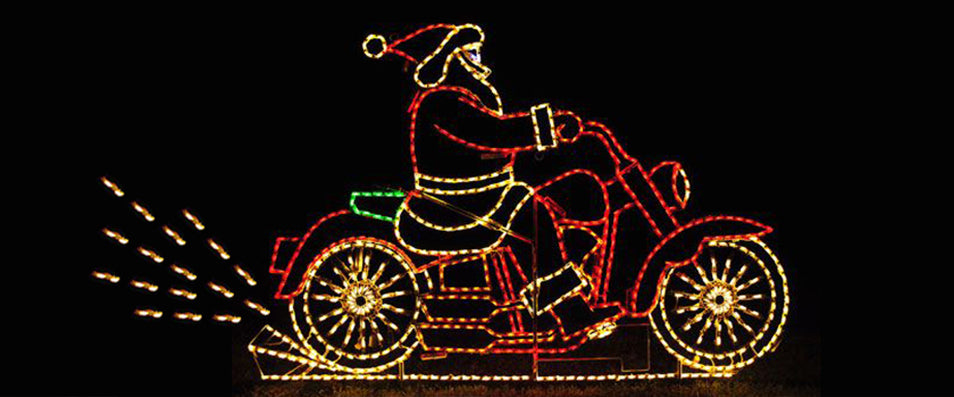Importance of Rev-Matching when Downshifting a Gear
Rev-matching during downshifting will not only keep your motorcycle stable, it will also reduce the amount of wear and tear in your powertrain
What is rev-matching?
Rev-matching is a technique that you would’ve heard of, if you hang out with motorcycle riders. It’s one of those things you might already be doing by instinct and if you are not, then need to start. Here is why.
Rev-matching, as the name suggests, is the technique of matching your revs with the speed of your transmission, when shifting down a gear. During a downshift, a rider selects a lower gear, which at similar road speeds as the higher gear, will rotate faster. This lower gear rotating faster has the potential to induce a jerk in the powertrain, if the rider doesn’t rev-match when downshifting.
How do you rev-match?
To match your revs, a series of steps that overlap each other are needed to be followed. It starts with pulling in the clutch, downshifting a gear and blipping the throttle right before you let the clutch out. Explained in words, this seems like quite a comprehensive process. However, when done in real life, rev-matching is like one fluid movement. Blipping the throttle raises the engine speed, which then matches the higher rotational speed of the lower gear as the clutch is let out.
Why is rev-matching important?
Now that you know what is happening in your motorcycle when rev-matching, let's discuss why it is important. When riding at high speeds, especially on big bikes that have high horsepower output, downshifting without rev-matching has the potential to induce a strong jerk in the powertrain. This will make the rear wheel skip and hop and step out of line. At high speeds, it takes great control and finesse to control the motorcycle in a situation like this. It is even downright dangerous to do so on public roads. On motorcycles with a lower power output, the jerk will not be so drastic or dramatic, but will still have the potential to land you in an accident.
Another important reason to match your revs is the fact that doing so decreases the wear and tear in your powertrain. The jerk induced by not rev-matching increases the pressure on various powertrain components such as the engine and gearbox. Even the motorcycle chain faces a whiplash kind of effect which wears it out quicker.
In 99.99% of motorcycling scenarios, rev-matching is the right way. There are even motorcycles, especially big capacity ones, that will help you rev-match. If a rider or a stunter wants to intentionally make the rear wheel of the motorcycle step out to induce a slide, they may opt not to rev-match and just dump the clutch. This however is advisable only on a track or in a controlled setting, and should be done by someone who has advanced riding skills.



